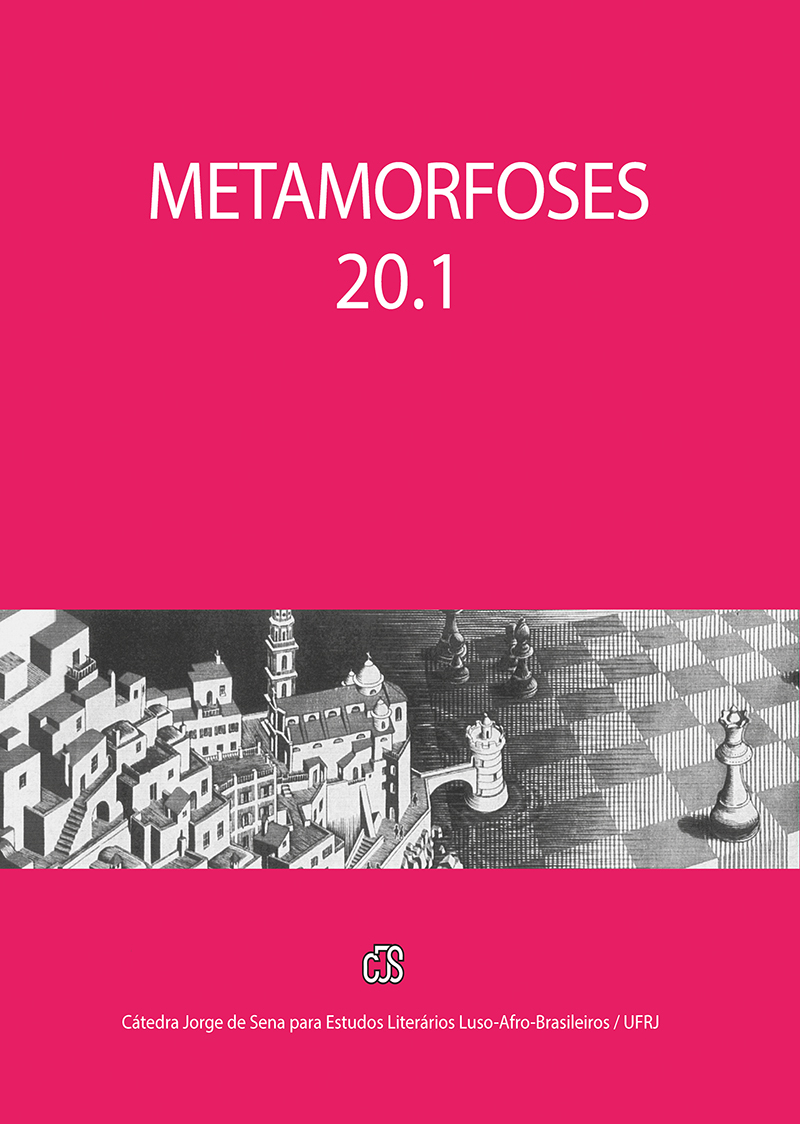Almada e a dança: gesto, forma e cor
Resumo
Tempo e movimento são ideias fundamentais para o pensamento de vanguarda, desde as últimas décadas do século XIX até as primeiras décadas do século XX, tendo esses princípios ocupado um lugar central no desenvolvimento científico e na criação artística desses anos de celebração do novo, da invenção e da transformação. Disso dão exemplo a busca impressionista pelo instante; a técnica do pontilhismo e seu dinamismo; a consciência simbolista da passagem do tempo; a poesia moderna e seu compromisso de captar em linguagem o ritmo da vida nas cidades; as séries de Muybridge, tanto experiências fotográficas como estudos da fisiologia do movimento; e, claro, o cinema. Neste trabalho, interessa-nos estudar um caso particular desse enlace: a dança e suas representações, entendidas como sintomas visuais da inscrição de tempo e movimento sobre o corpo, sobre a forma humana – tensionada ao limite da estabilidade, do reconhecimento, da identidade; desafiada em sua naturalidade, assinalada por uma cultura de ousadia e ruptura. Almada Negreiros soube perceber muito bem a importância da arte de dança para os movimentos de vanguarda, tendo mesmo composto um dos mais importantes manifestos do Futurismo Português tomando como mote os Ballets Russes, que chegavam a Lisboa. Sobretudo, porém, Almada deixou-nos corpos em dança em um número significativo de composições visuais e no poema “Mima Fatáxa”, obras que leremos à luz das reflexões sobre dança e escritura de Stéphane Mallarmé e Paul Valéry, e em comparação à pintura de Edgar Degas, com suas famosas bailarinas.
Downloads
Publicado
Edição
Seção
Licença
Copyright (c) 2023 Metamorfoses - Revista de Estudos Literários Luso-Afro-Brasileiros

Este trabalho está licenciado sob uma licença Creative Commons Attribution-NonCommercial 4.0 International License.
Autores que publicam nesta revista concordam com os seguintes termos:
- Autores mantêm os direitos autorais e concedem à revista o direito de primeira publicação, com o trabalho simultaneamente licenciado sob a Licença Creative Commons Attribution que permite o compartilhamento do trabalho com reconhecimento da autoria e publicação inicial nesta revista.
- Autores têm autorização para assumir contratos adicionais separadamente, para distribuição não-exclusiva da versão do trabalho publicada nesta revista (ex.: publicar em repositório institucional ou como capítulo de livro), com reconhecimento de autoria e publicação inicial nesta revista.
- Autores têm permissão e são estimulados a publicar e distribuir seu trabalho online (ex.: em repositórios institucionais ou na sua página pessoal) a qualquer ponto antes ou durante o processo editorial, já que isso pode gerar alterações produtivas, bem como aumentar o impacto e a citação do trabalho publicado (Veja O Efeito do Acesso Livre).

